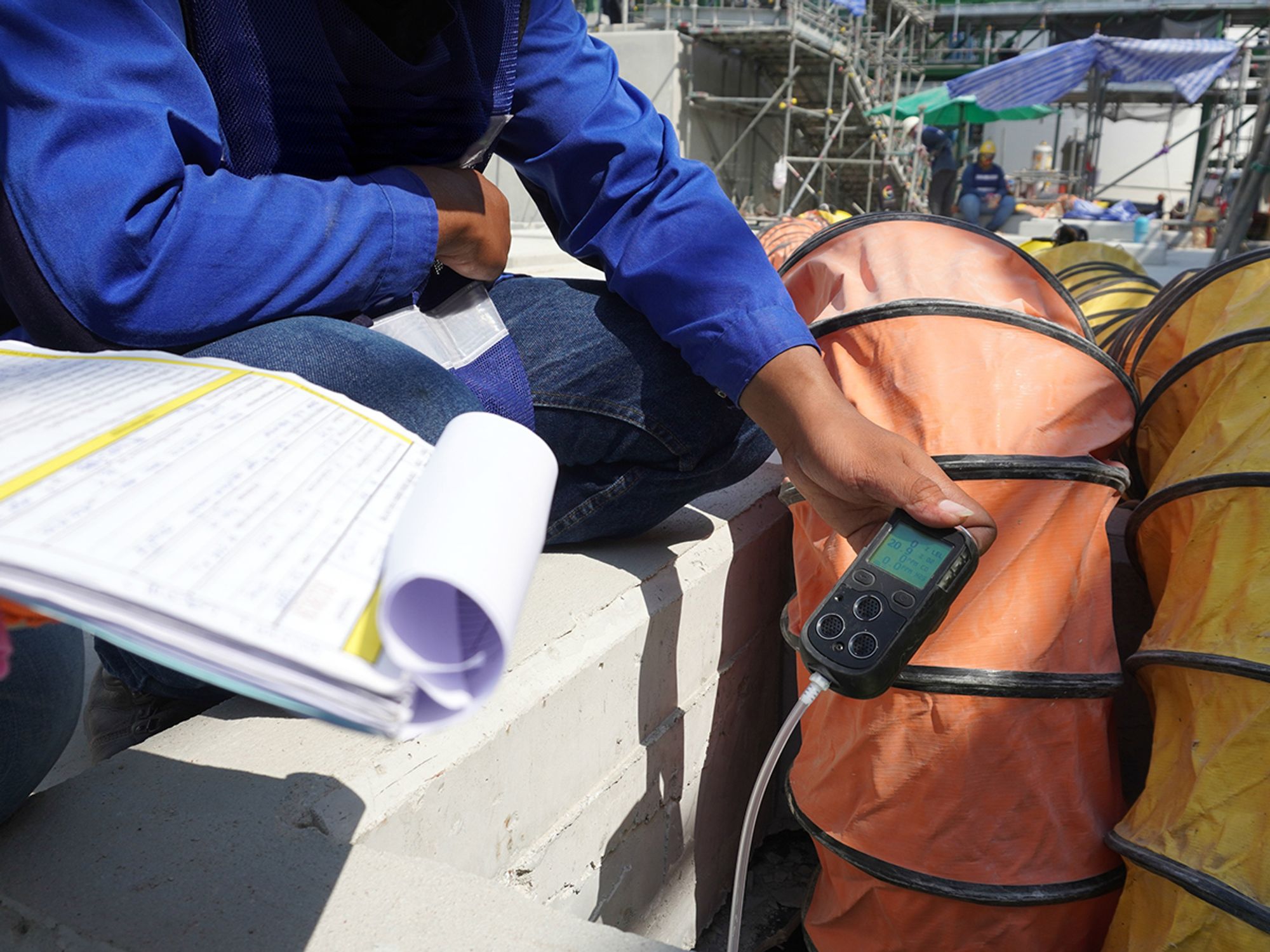What atmospheric hazards can exist in confined spaces?

- Knowing the proper methods for testing and eliminating hazards is essential for keeping workers safe in confined spaces.
- Physical hazards are dangerous, but atmospheric hazards in confined spaces are even more deadly.
The greatest danger to entrants in confined spaces comes from the many and often invisible hazards associated with permit space environments. To properly identify the hazards in confined spaces, each space must be surveyed and tested for hazards individually. By assessing each specific space as well as the work to be performed there, the appropriate measures can be taken to avoid tragic incidents.
The hazards of confined spaces are generally categorized into atmospheric hazards and physical hazards. The hazards in these categories pose distinct risks and require taking several distinct precautions.
Atmospheric hazards are usually the most lethal hazards because many dangerous atmospheres cannot be detected by the senses. The atmosphere in a confined space may also be extremely hazardous because of the lack of natural air movement. This characteristic of confined spaces can result in:
- Oxygen-deficient atmospheres,
- Oxygen displacement,
- Flammable/combustible atmospheres, and
- Toxic atmospheres.
